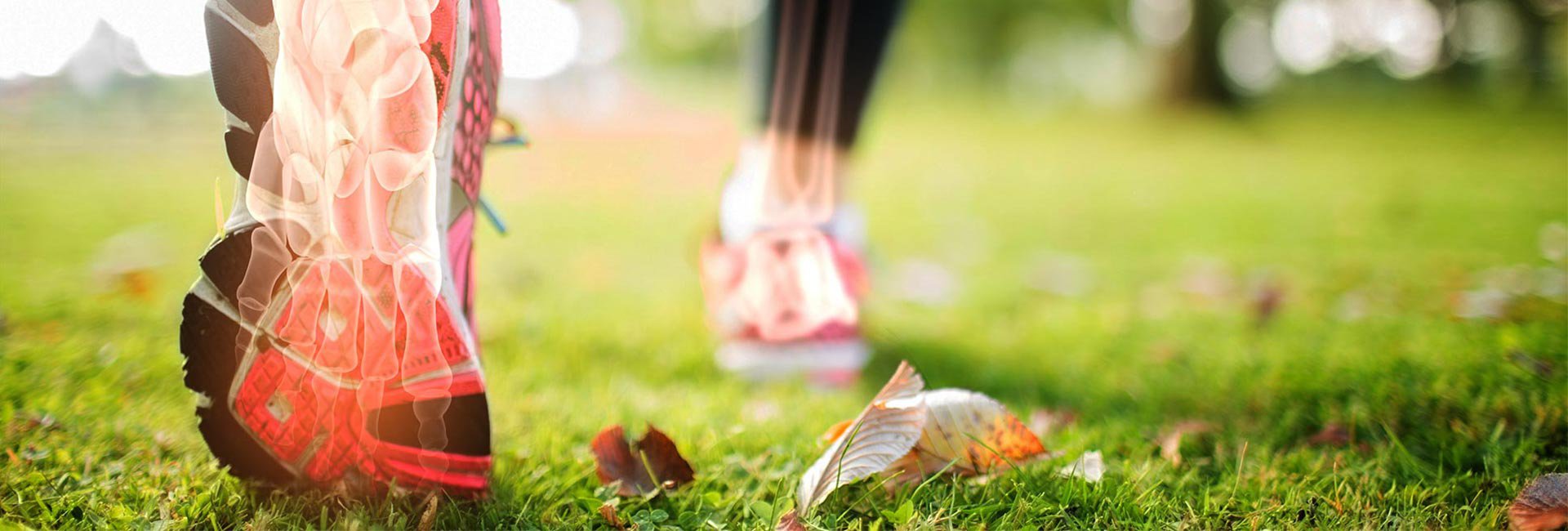

While we often think of our bones as being static and unchanging once we have grown, they are actually very dynamic and will undergo continuous formation and resorption throughout our life. Bone cells called osteoblasts are responsible for the formation of bones, and osteoclasts are responsible resorption of bones. As we age, the balance of bone formation/resorption alters and we gradually lose bone mass. This process results in the loss of calcium, phosphorus, boron and other minerals making the bones lighter, less dense and more porous.
A certain amount of this is normal and does not cause problems for most people. Important factors for bone density include how much bone mass was obtained at peak density (25-35yrs old) and how rapidly the bone is re-absorbed after this age.
There are a number of factors in bovine colostrum that may support healthy bone density. Two of these factors that are supported by research are lactoferrin and transforming growth factor (TGF-ß). TGF-ß is also produced by osteoblasts (responsible for bone formation) and has been found to increase apoptosis (programmed cell death) of osteoclasts.3 Increased levels of TGF-ß may reduce the rate of bone resorption, thereby slowing down bone loss.
Lactoferrin is a protein found in colostrum and milk. A number of in-vitro and animal studies have found that lactoferrin from both human and cow supports healthy osteoblasts and normal bone formation. It is also thought that lactoferrin may maintain healthy oestrogenic activity which has a protective effect on bone mass in women.
While the studies about how colostrum can assist with bone density are very promising, they are still only in early stages and more research is required. Supporting the health of your bones can never start too early or too late.
Below are 5 diet and lifestyle tips for strong, healthy bones.
Smoking is bad for virtually every aspect of your health, including your bones. Seek help if you need to and make quitting your number one health goal. While we’re on the topic of habits, keep your alcohol intake limited to around 3-5 drinks per week, and not all in one sitting.
Essential for the absorption of calcium and involved in bone formation. The best source is from natural sunshine; expose your arms and legs during the warmth of the day, ensuring not to burn. In cooler climates and during winter months a vitamin D supplement may be required.
Calcium is well known for bone health but you don’t have to take a supplement to get good doses; sesame seeds, broccoli, almonds, tofu, tempeh, seaweed, salmon (with bones) and dairy food are all rich sources of calcium. Magnesium, manganese, zinc, copper, silica along with B-group vitamins are also required for healthy bone formation. Most of these can be found in almonds, eggs, brewers yeast, whole grains, seeds, leafy green vegetables, lentils and legumes.
In this instance we mean balance your acid-base levels. A diet high in acid forming foods will cause calcium and other minerals to be drawn out of the bones in order to buffer the blood pH.11 Food and beverages to keep in check include: coffee, alcohol, sodas, sugar, refined/processed foods, meat, fruit, bread and dairy.
Optimising your bone density through regular, weight bearing exercise will help to maintain healthy bone mass as we age. Any exercise that works against gravity is weight bearing, e.g. walking, jogging, dancing and weight training.
Clarke B ‘Normal Bone Anatomy and Physiology’, Clinical Journal of the American Society of Nephrology, 2008 Nov; 3(Supp 3):S131-S139.
Natural Standard, Health Conditions, Osteoporosis. Accessed 22 April 2010. http://www.naturalstandard.com/monographs/conditions/condition-osteoporosis.asp?printversion=true
Keech, Peptide Immunotherapy: Colostrum A Physician’s Reference Guide, 2009, AKS Publishing.
Cornish J, Palmano K, Callon K et al. ‘Lactoferrin and Bone: Structure-activity Relationships’, Biochemistry and Cell Biology, June 2006; 84(3):297-302.
Cornish J ‘Lactoferrin Promotes Bone Growth’, Biometals, June 2004; 17(3):331-335.
Guo H, Jiang L, Ibrahim S et al. ‘Orally Administered Lactoferrin Preserves Bone Mass and Microarchitecture in Ovariectomized Rats’, Journal of Nutrition, May 2009; 139(5):958-964.
Cornish J, Callon K, Naot D et al. ‘Lactoferrin Is a Potent Regulator of Bone Cell Activity and Increases Bone Formation in Vivo’, Endocrinology, 2004; 145(9):4366-4374.
Du M, Wang K, Wu C & Zhang L ‘Effects of Bovine Colostrum Acid Protein on Bone Loss and Hemobiochemistry Indexes in Rats’, Dairy Science and Technology, 2009; 89:449-461.
Osiecki, H. (2002), The Nutrient Bible, Bio Concepts, Eagle Farm QLD.
Gottlieb, B. (2000) Alternative Cures: The most effective natural home remedies for 160 health problems, Rodale, USA, pp 463-470.
Trattler, R. (2001) Better Health Through Natural Healing: How to get well without drugs or surgery, 2nd ed, Hinkler Books, Dingley VIC, pp 381-385.
Hywood A “Osteoporosis: Prevention and Management” Medi Herb, (2006, August).